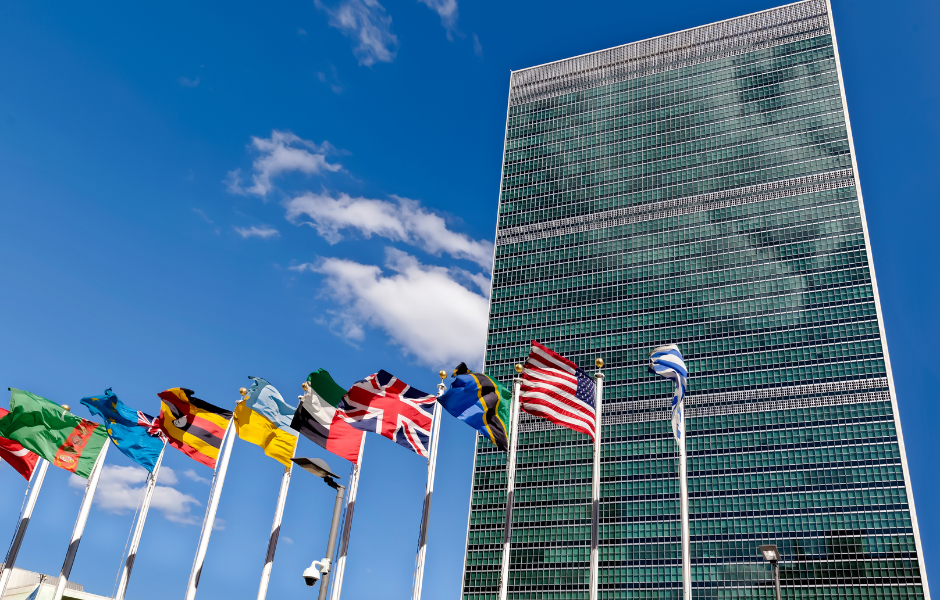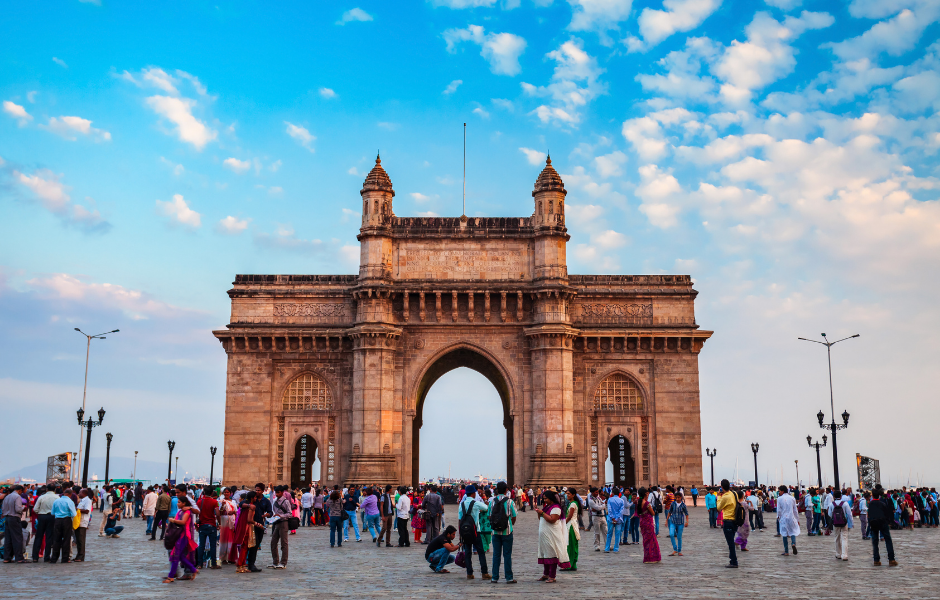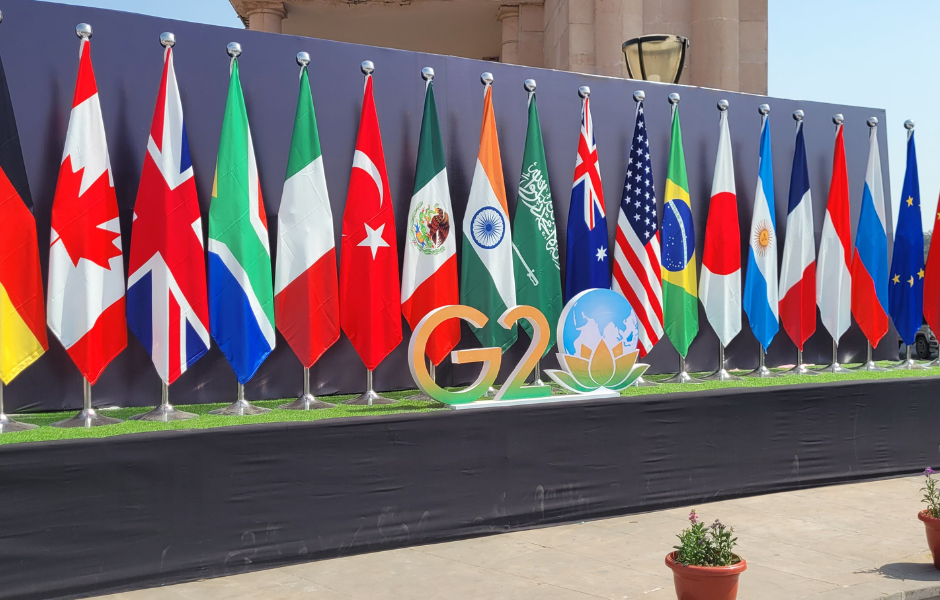
This children’s article, Black Friday: a kid’s guide to the world’s busiest shopping day, has been written for native English speakers and learners of English as a second or foreign language. It can help children build vocabulary, learn about the history of Black Friday, and understand how it has become a worldwide shopping event. Written by Mark Pulley, a teacher and writer who creates fun and informative news articles for English learners.
A day that became famous for shopping
Black Friday is one of the busiest shopping days in the world. It takes place the day after the American holiday of Thanksgiving and is known for big discounts, long queues, and shops opening very early in the morning.
Today, millions of people wait for this day to buy presents, electronics, clothes, and pretty much anything else you can think of.
The name “Black Friday” came from the United States. In the 1960s, police officers in Philadelphia began using the phrase to describe the huge crowds and traffic jams that filled the streets after Thanksgiving. Shops loved the idea because many hoped to earn enough money to go from “in the red” (losing money) to “in the black” (making a profit). Soon, the phrase spread across the country.
Why does Black Friday exist?
Black Friday began growing because it falls at the start of the Christmas shopping season. Families are already out and about after Thanksgiving, so shops started offering special deals to encourage people to buy early. Over time, these deals became bigger, louder, and more exciting.
In the early 2000s, online shops joined in too. This led to a new event called Cyber Monday, which happens the Monday after Black Friday. It focuses on online discounts and is now almost as popular as Black Friday itself.
How Black Friday spread around the world
Black Friday used to be only an American event, but that changed fast. Today, countries such as the United Kingdom, Canada, Mexico, Brazil, France, and Australia all have their own Black Friday sales.
Some places even created their own versions of the big shopping day. In China, the online giant Alibaba created “Double 11” or “Singles’ Day” on 11 November. It has become the biggest online shopping event on the planet, with more money spent in a single day than on Black Friday and Cyber Monday combined.
What Black Friday looks like today
Black Friday is now a week-long event in many places, with sales starting early and ending late. Some people enjoy the excitement of lining up outside shops in the dark, while others prefer staying at home and clicking for deals online.
Even though it began with crowds in American streets, Black Friday has turned into a global shopping phenomenon.

Article vocabulary list
- Profit: Money gained after all costs are paid.
- Discount: A price reduction that makes something cheaper.
- Traffic jam: When many cars block the road and cannot move.
- In the red: A phrase meaning a business is losing money.
- In the black: A phrase meaning a business is making money.
- Encourage: To give someone a reason or motivation to do something.
- Online giant: A very large and powerful company on the internet.
- Timeline: A list of events shown in the order they happened.
Comprehension questions
Just click the plus (+) to see the answer
1. When does Black Friday take place?
A) The day after Thanksgiving
B) 1 January
C) The first Monday in December
Answer: A) The day after Thanksgiving
2. Where did the name “Black Friday” first become popular?
A) Mexico City
B) Philadelphia
C) London
Answer: B) Philadelphia
3. Why do many shops like Black Friday?
A) They hope to make a profit
B) They want fewer customers
C) They close early
Answer: A) They hope to make a profit
4. Which event was created for online shoppers?
A) Boxing Day
B) Cyber Monday
C) Spring Sunday
Answer: B) Cyber Monday
5. How do some people prefer to shop on Black Friday today?
A) By finding deals online
B) By buying nothing
C) By shopping only at night
Answer: A) By finding deals online

Mark is a writer and EFL teacher from England with eight years’ experience. He’s passionate about travel, sport (especially football), animals, nature, and history, and enjoys helping children explore the world through language and learning.




